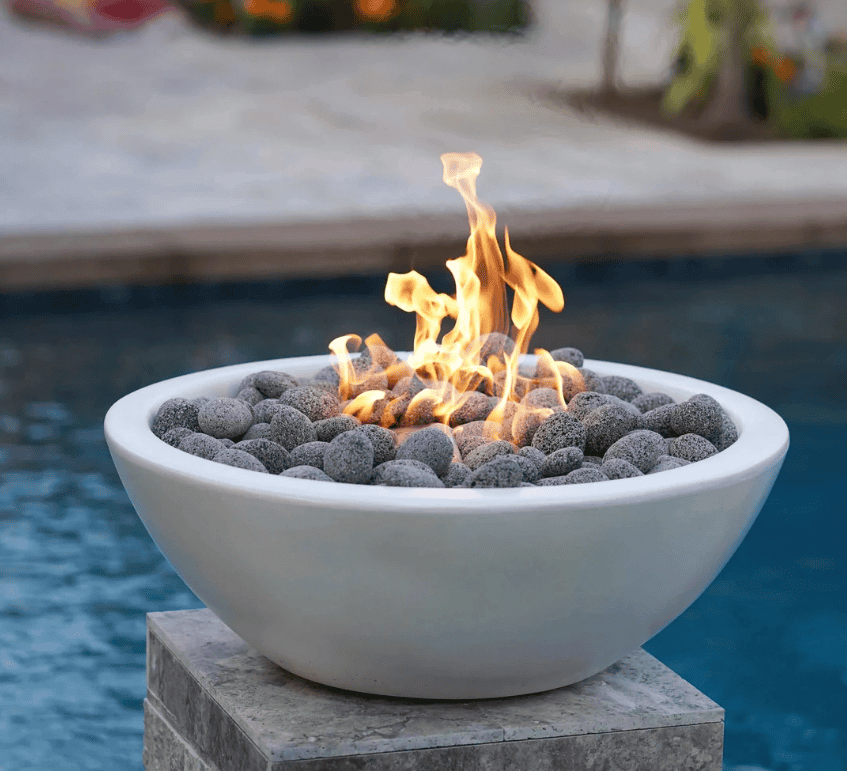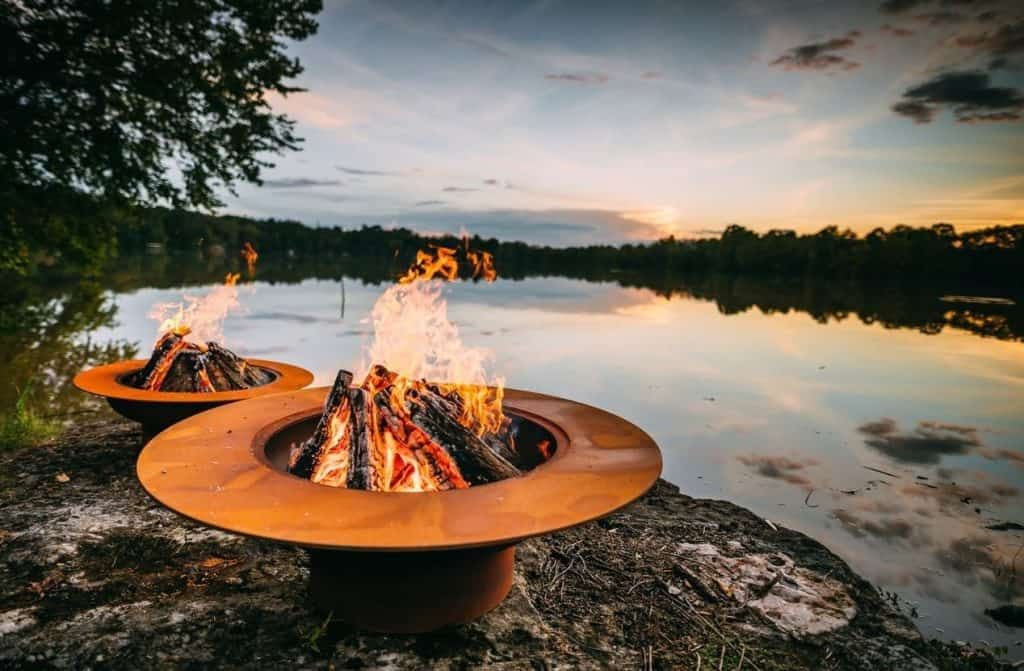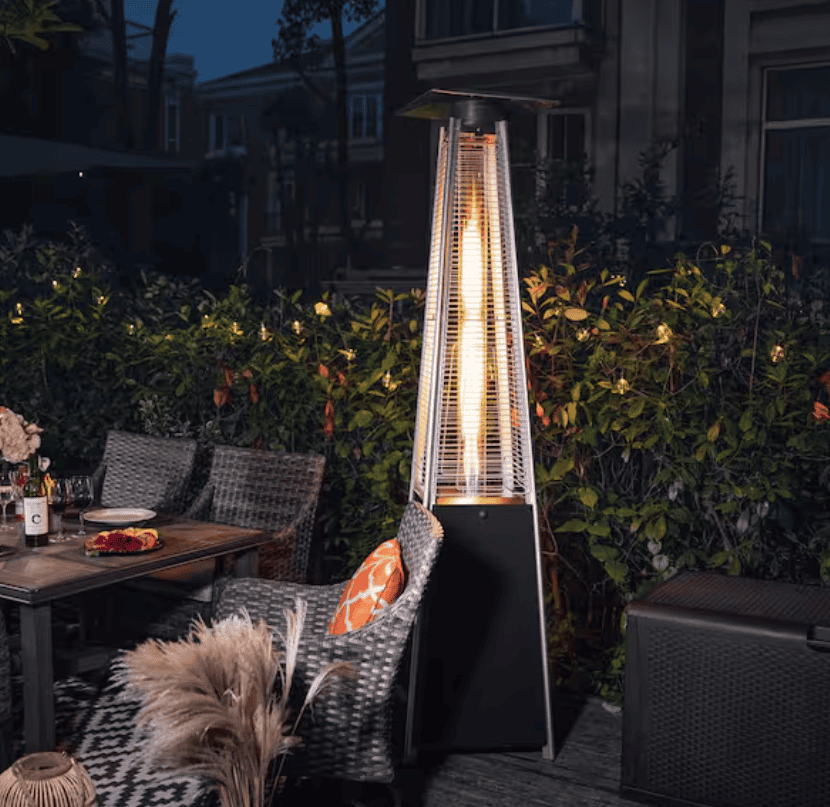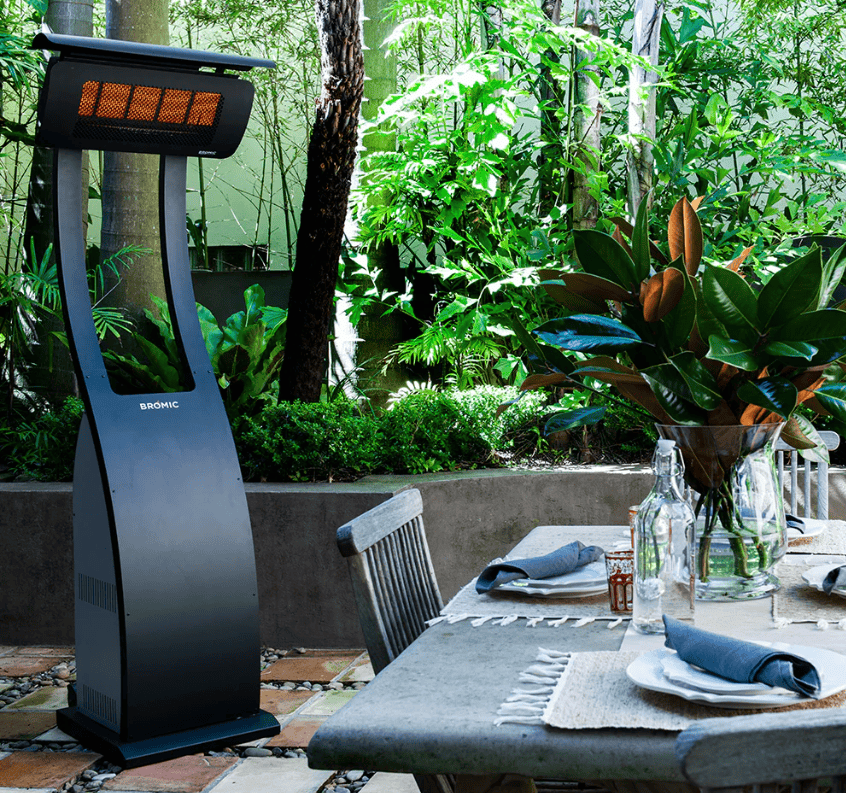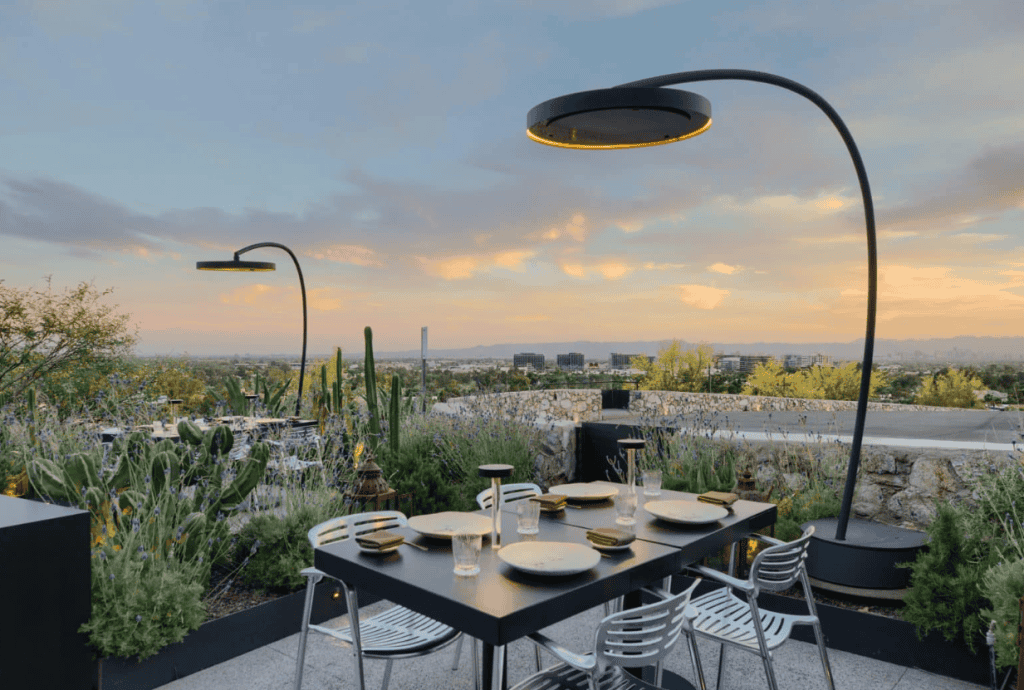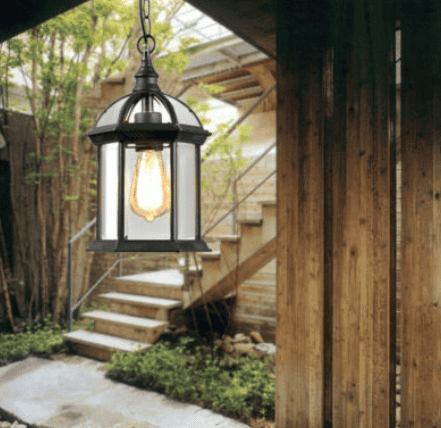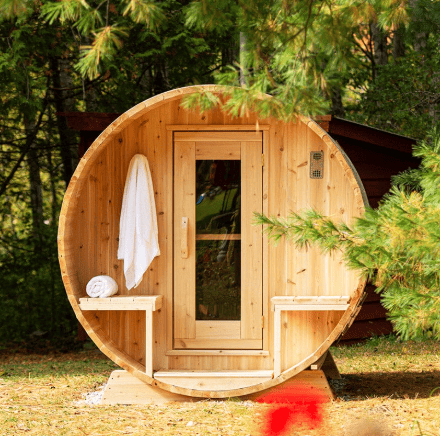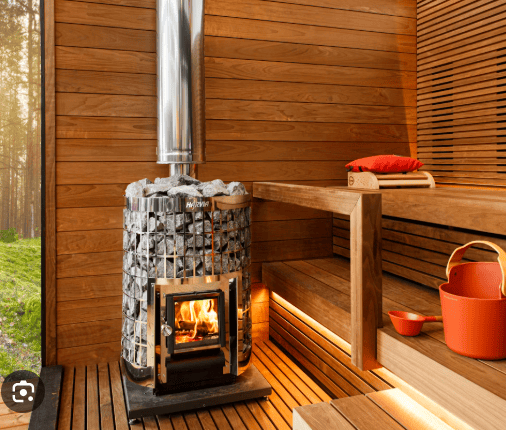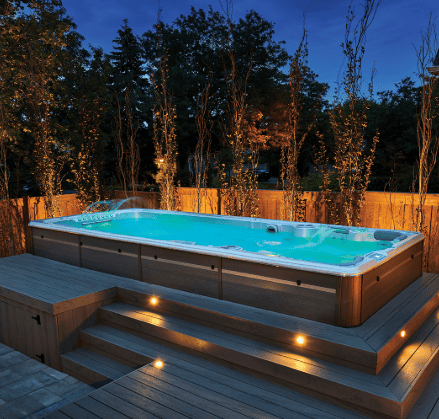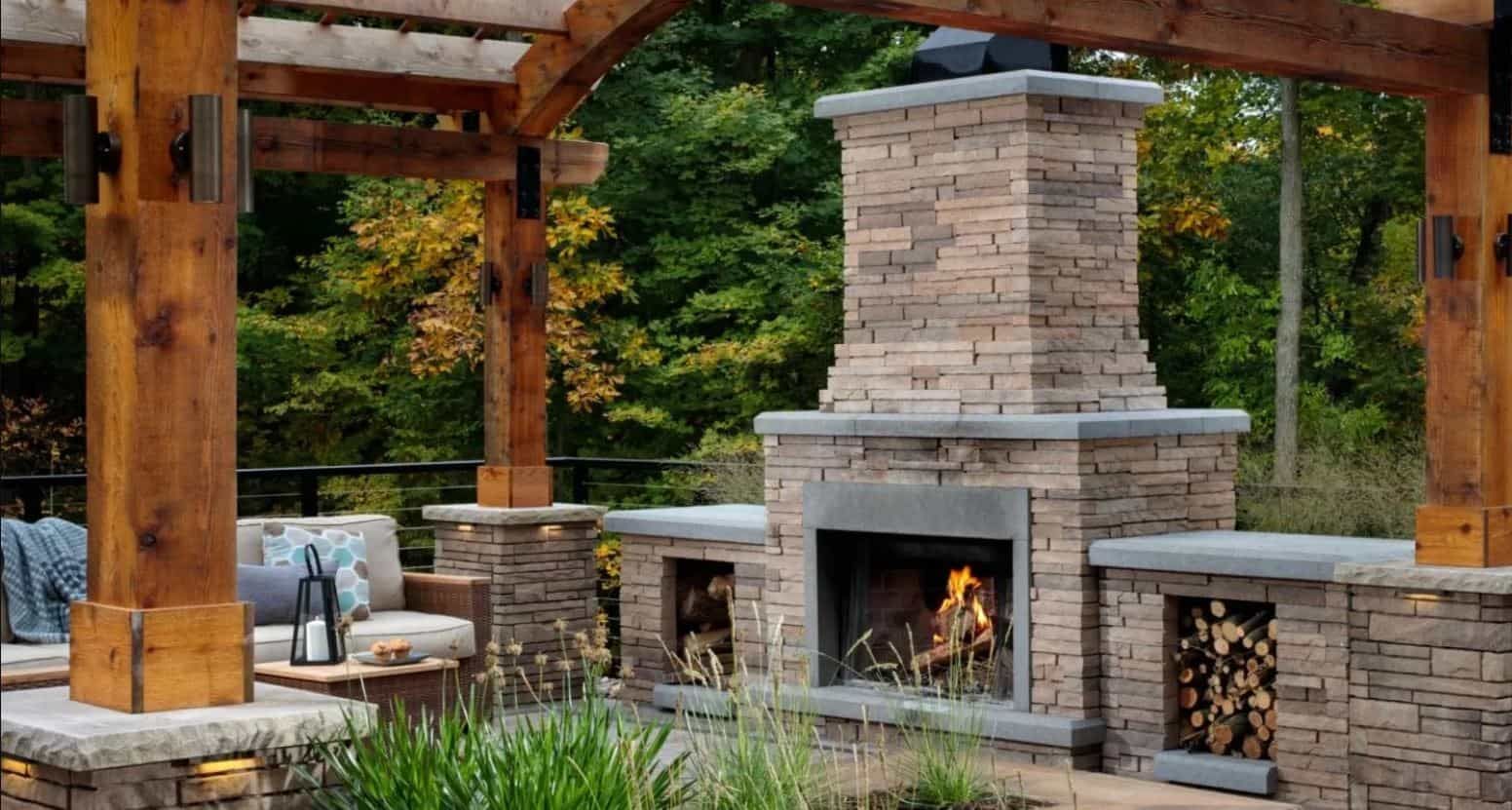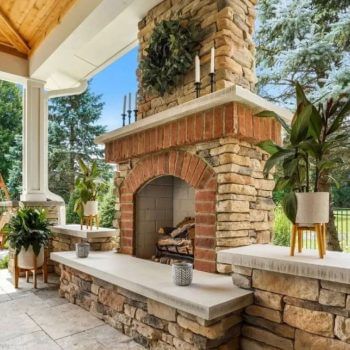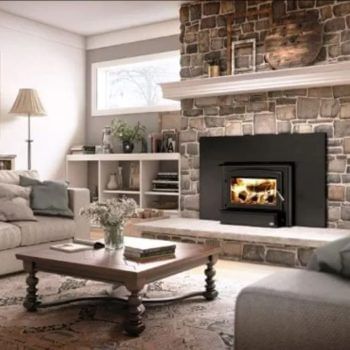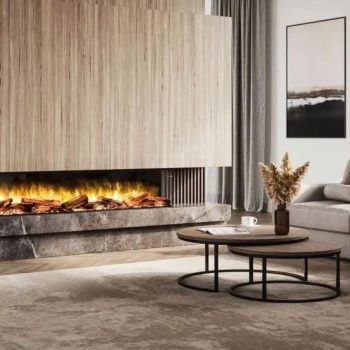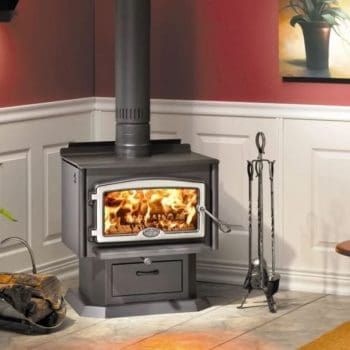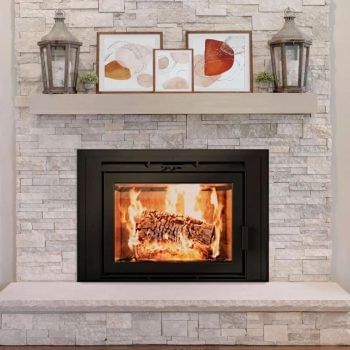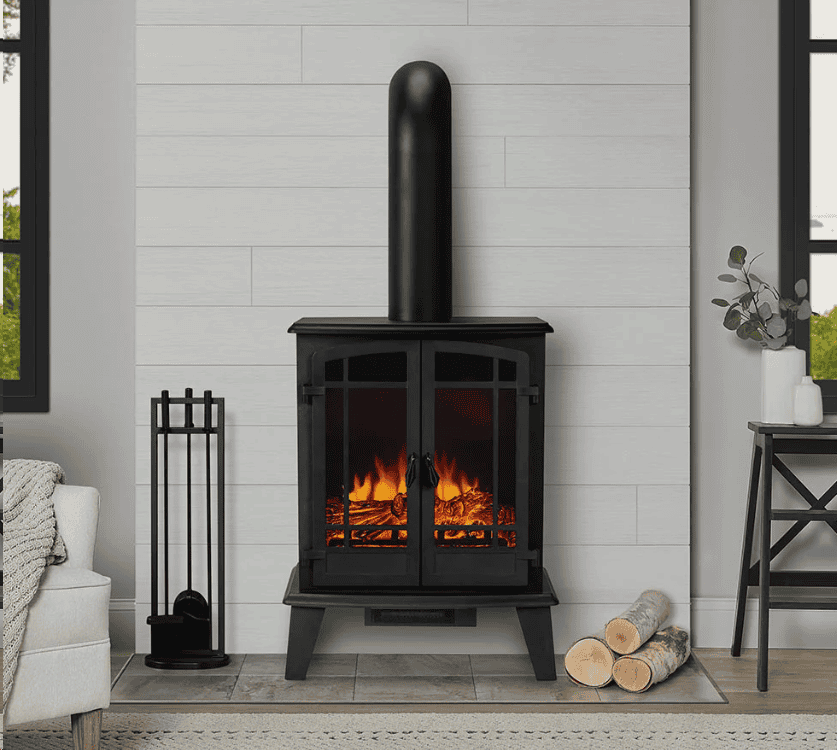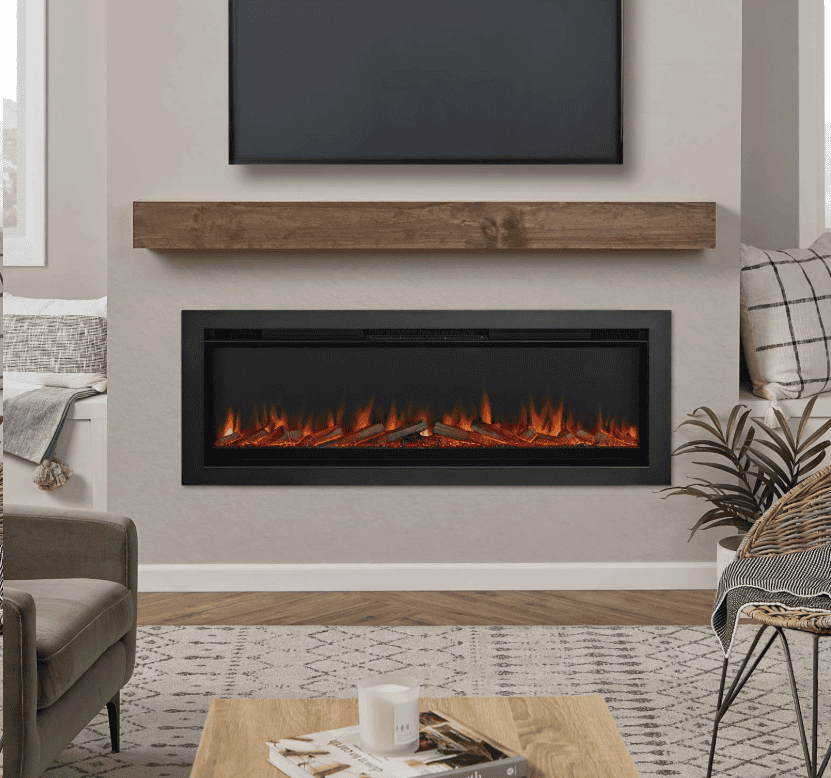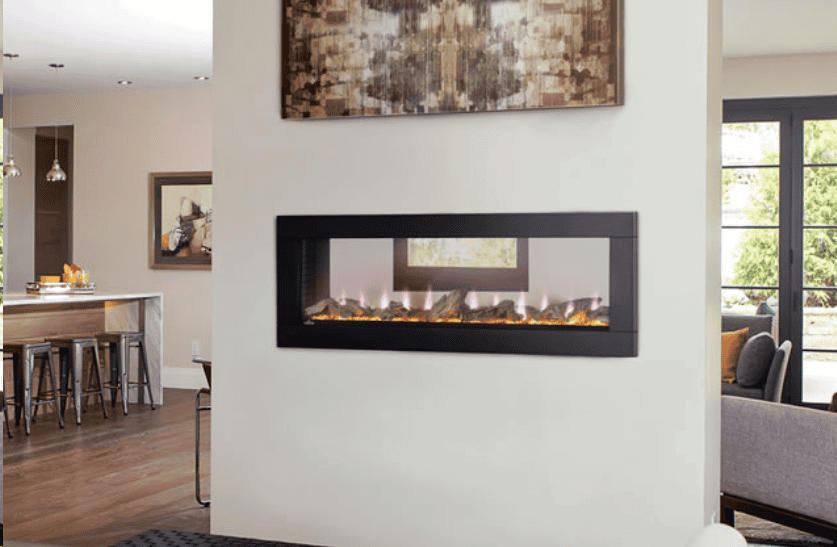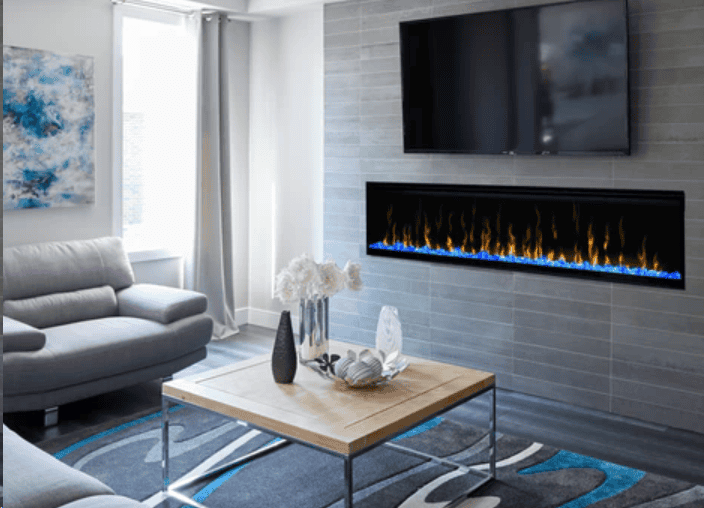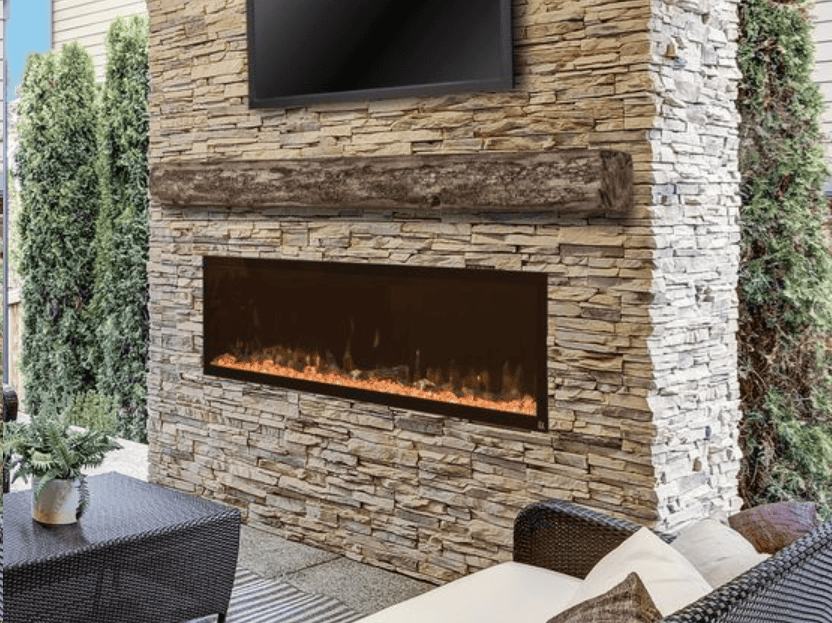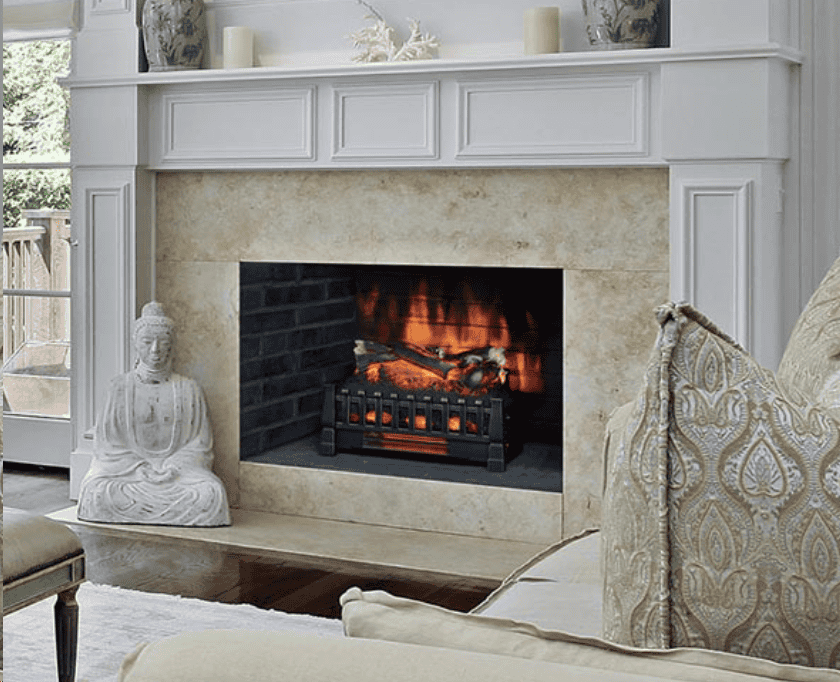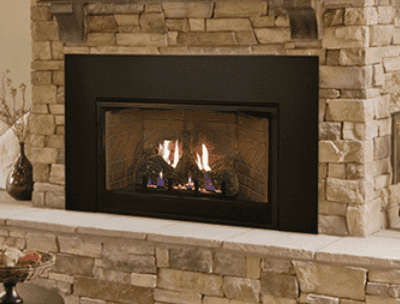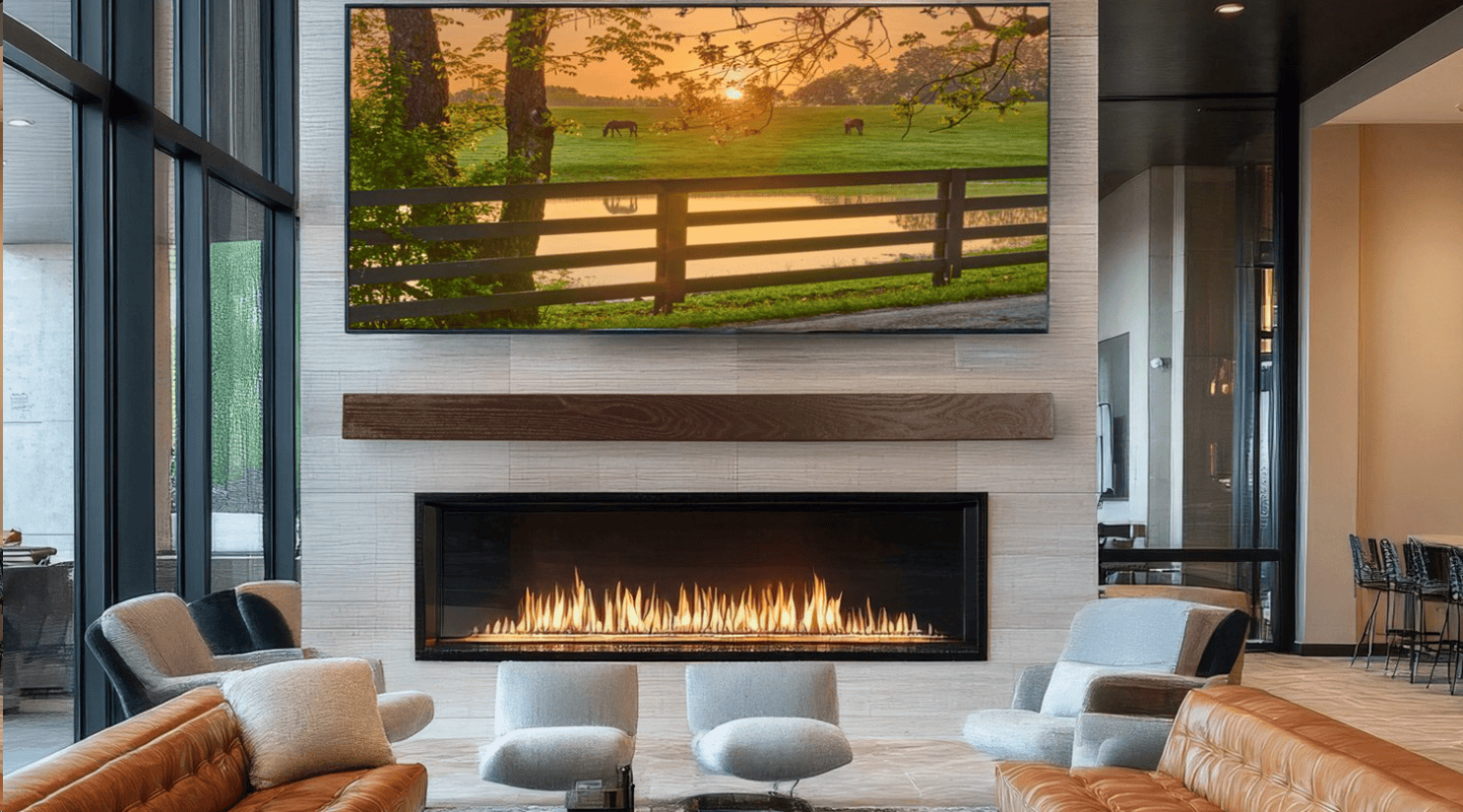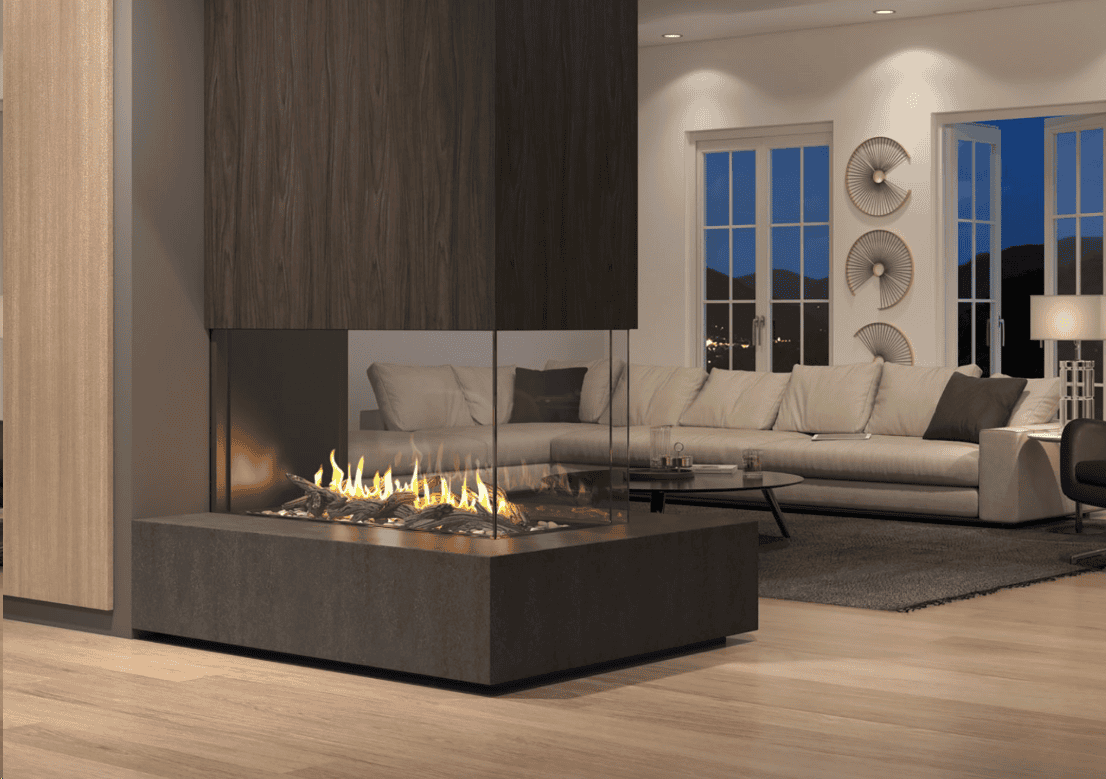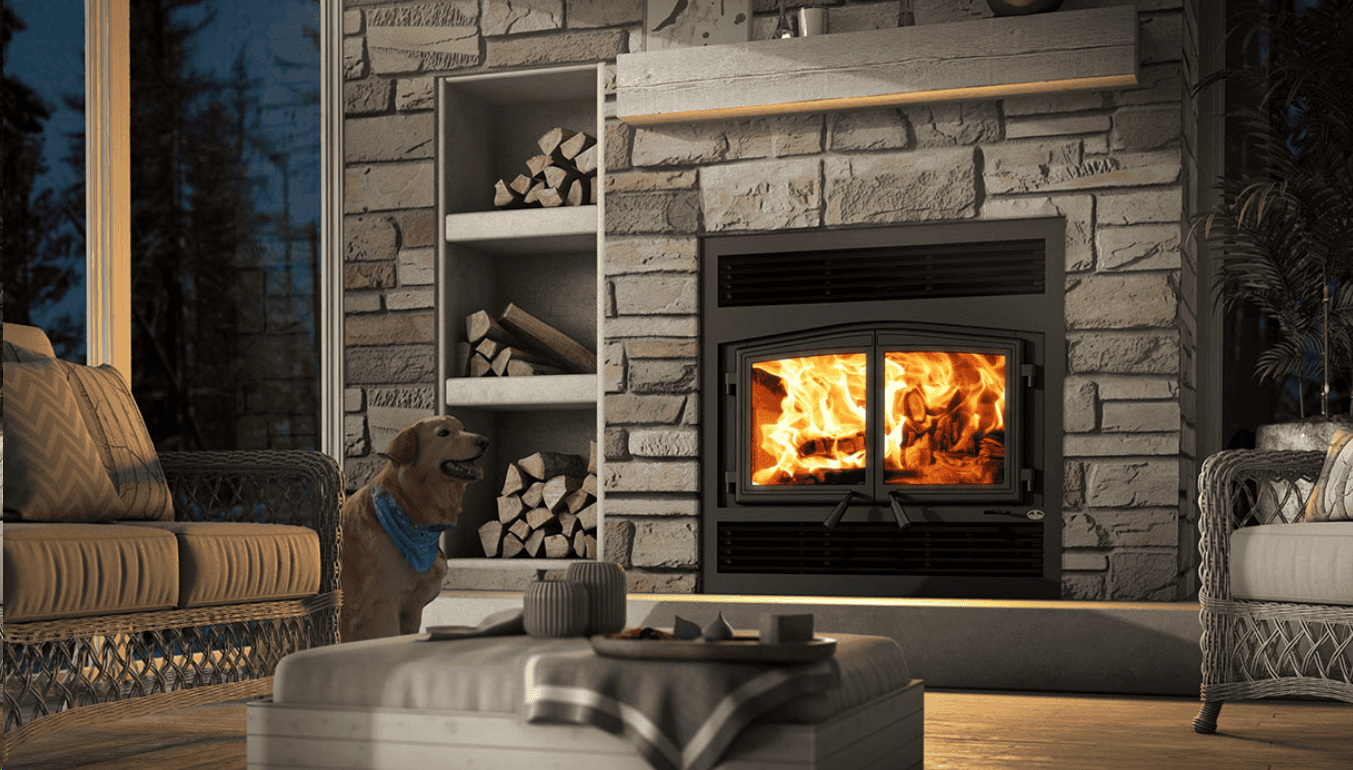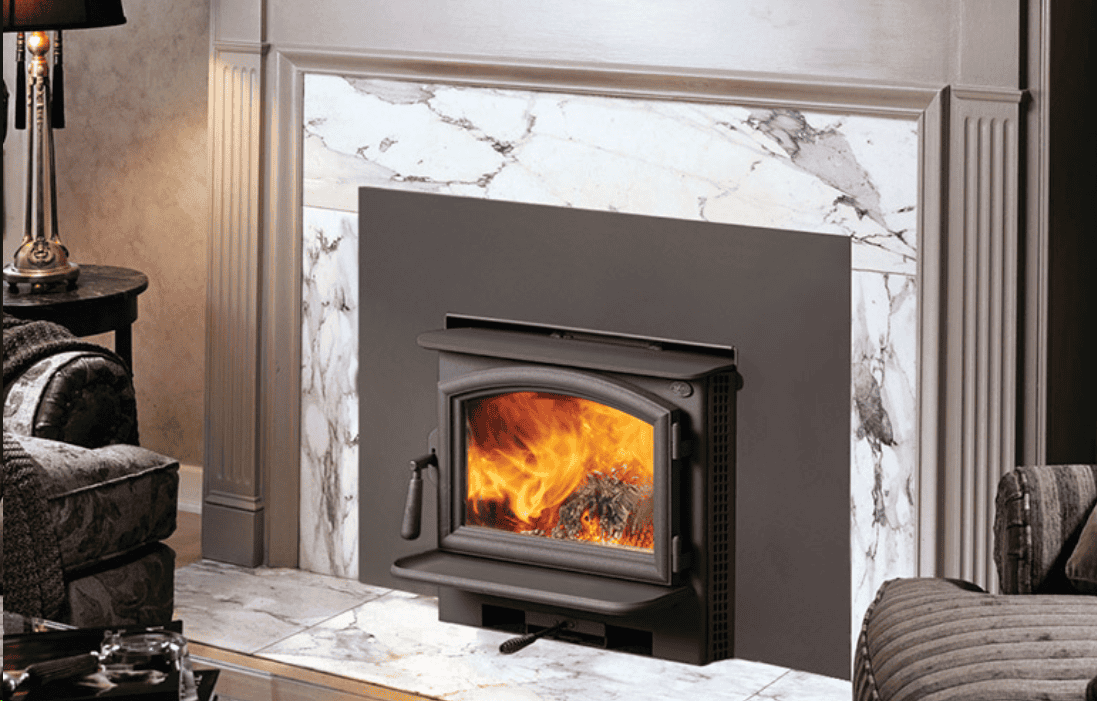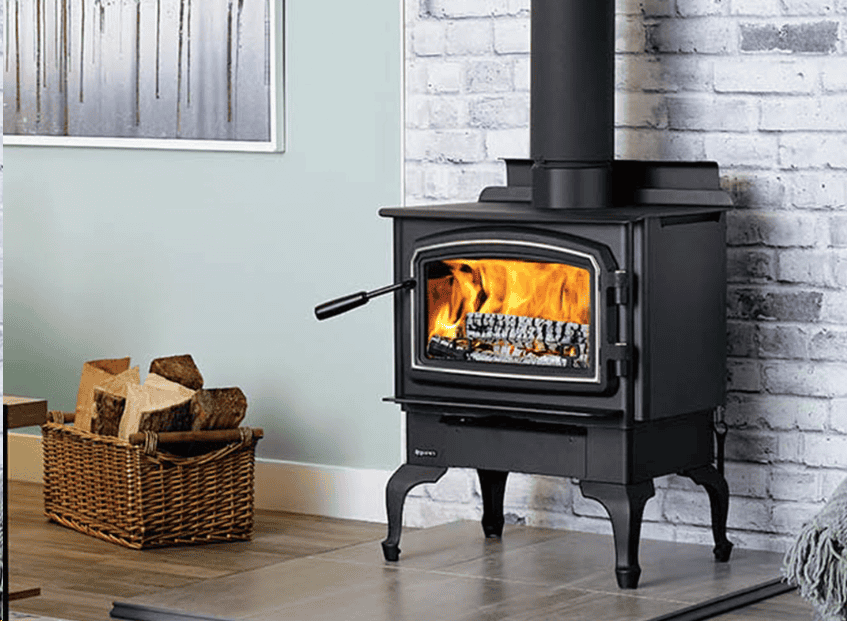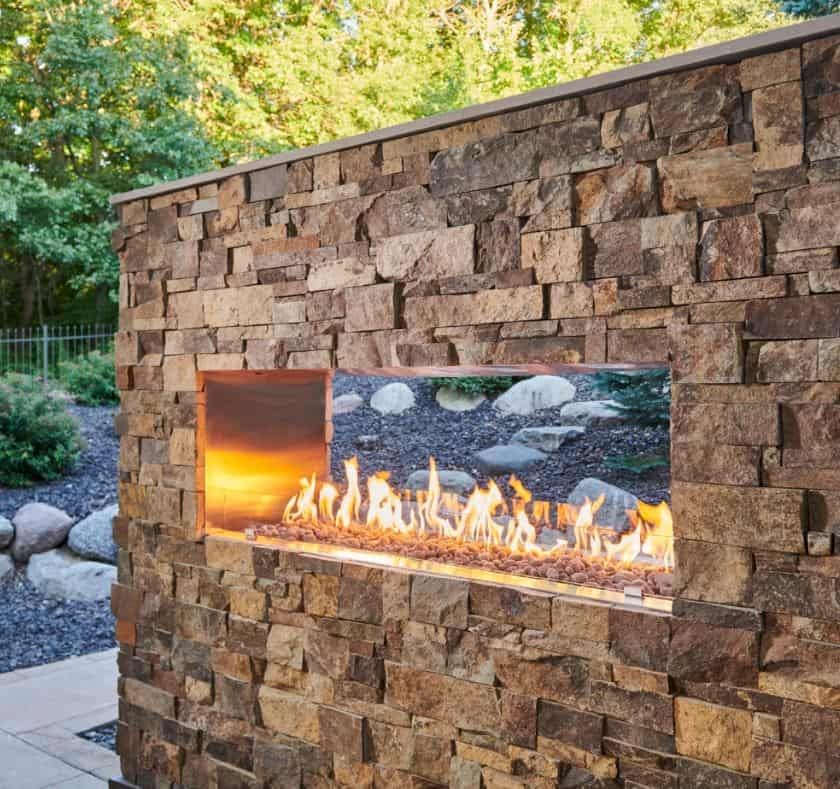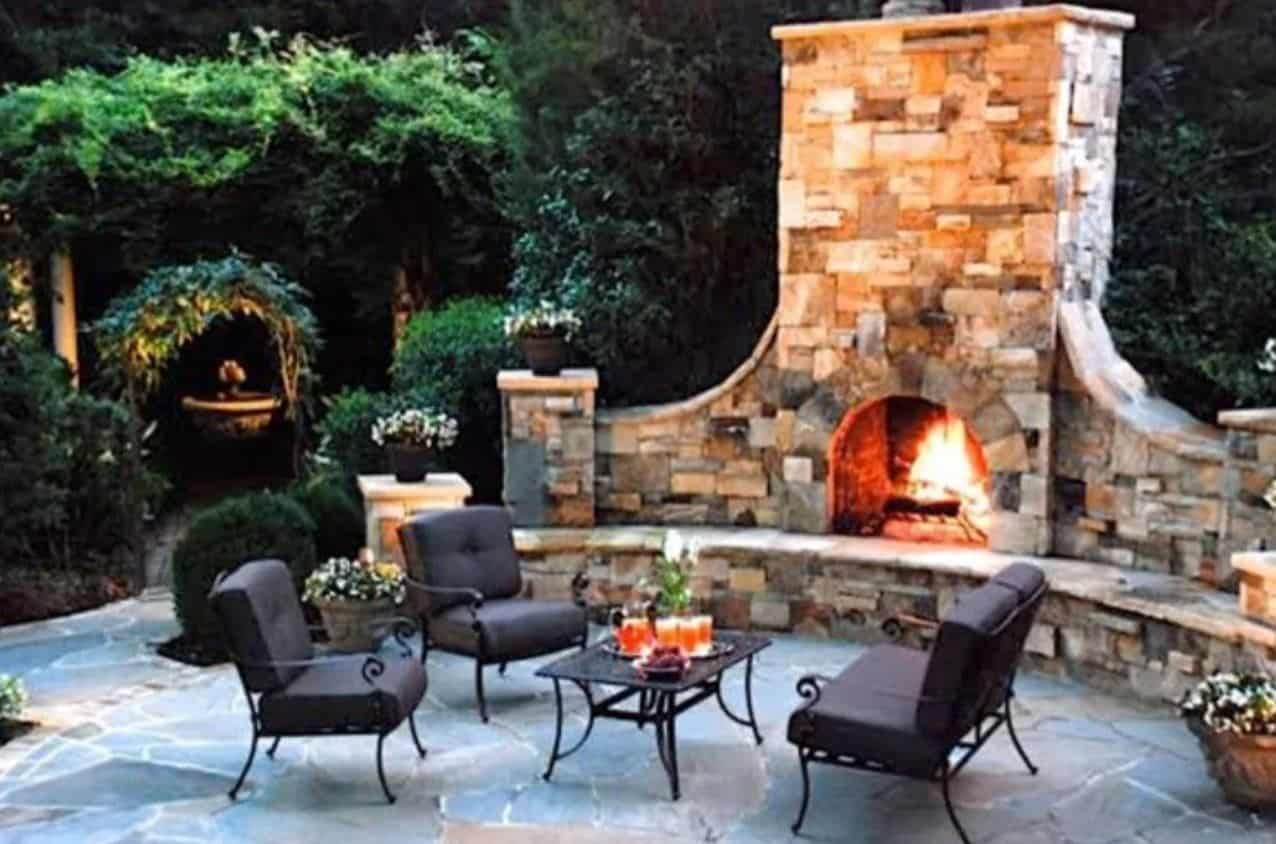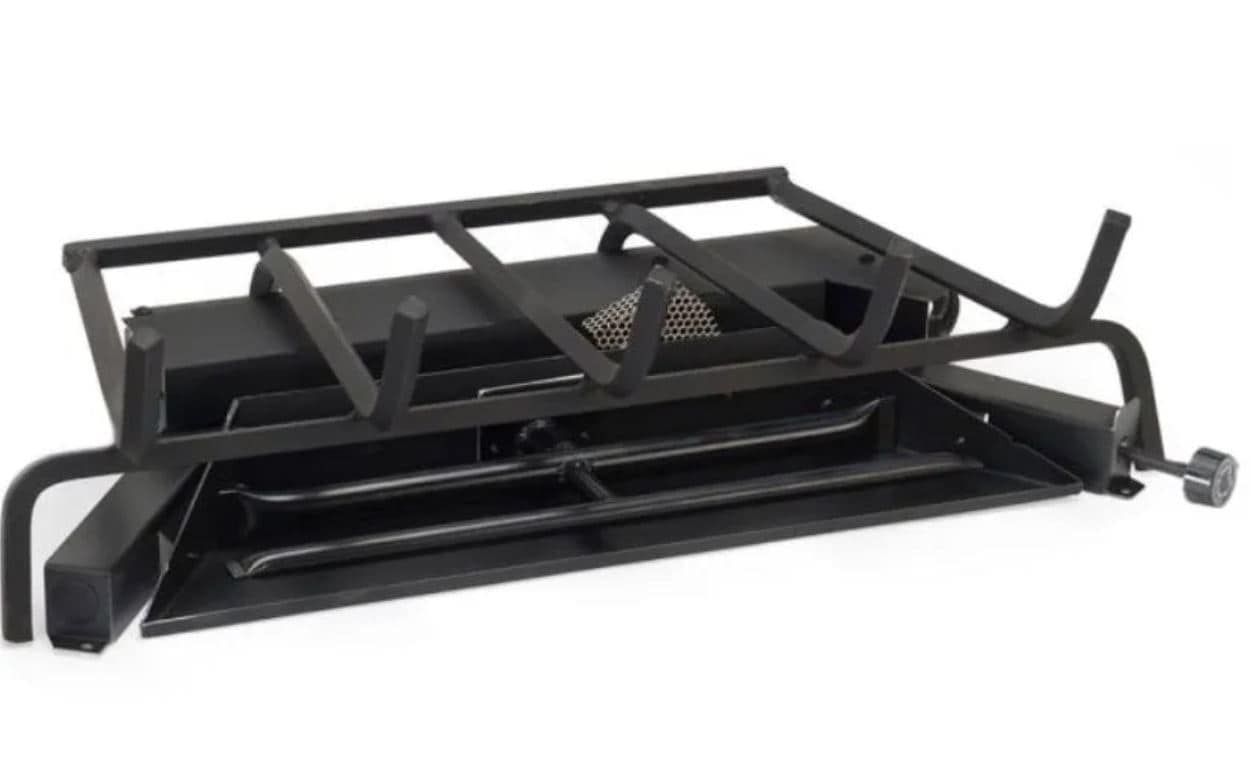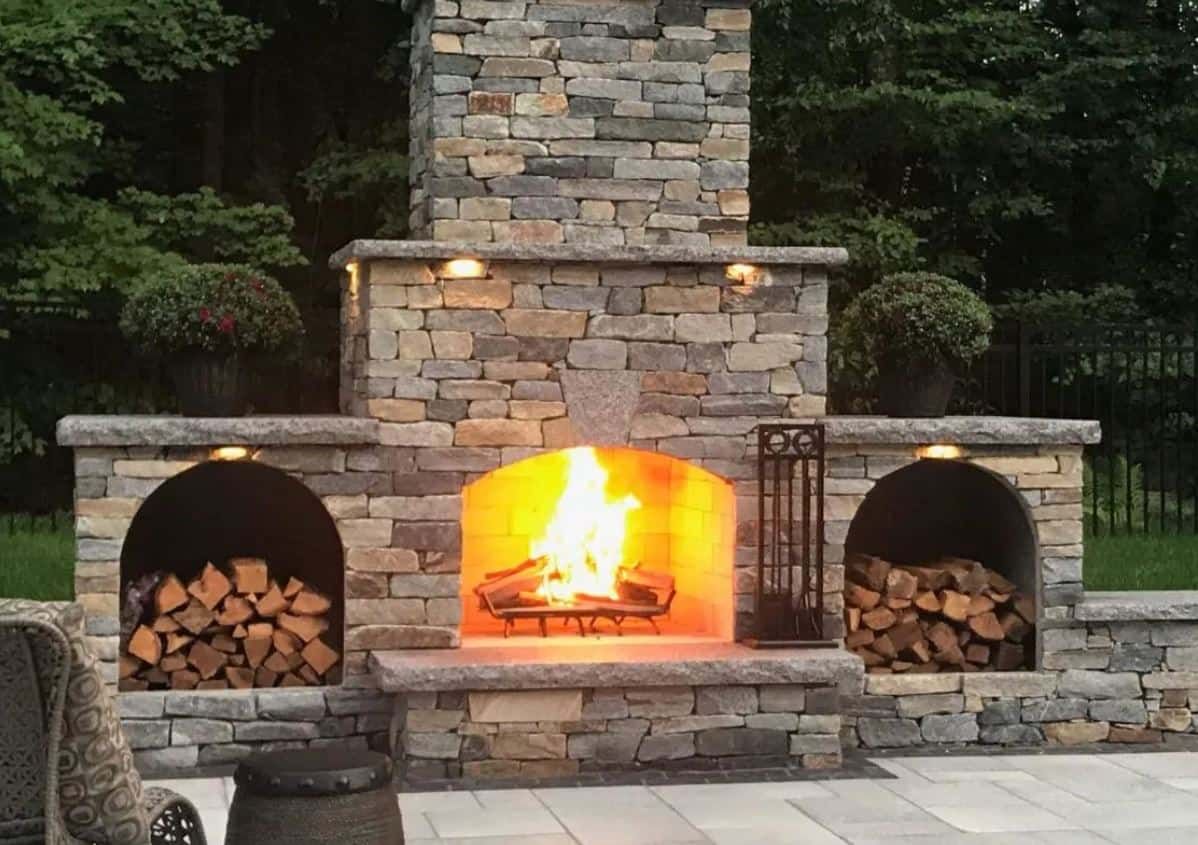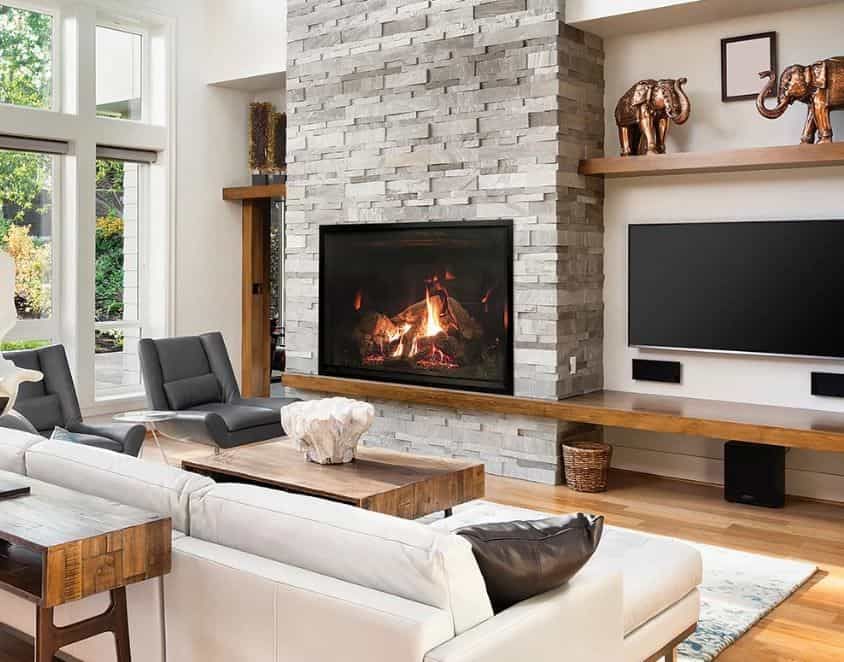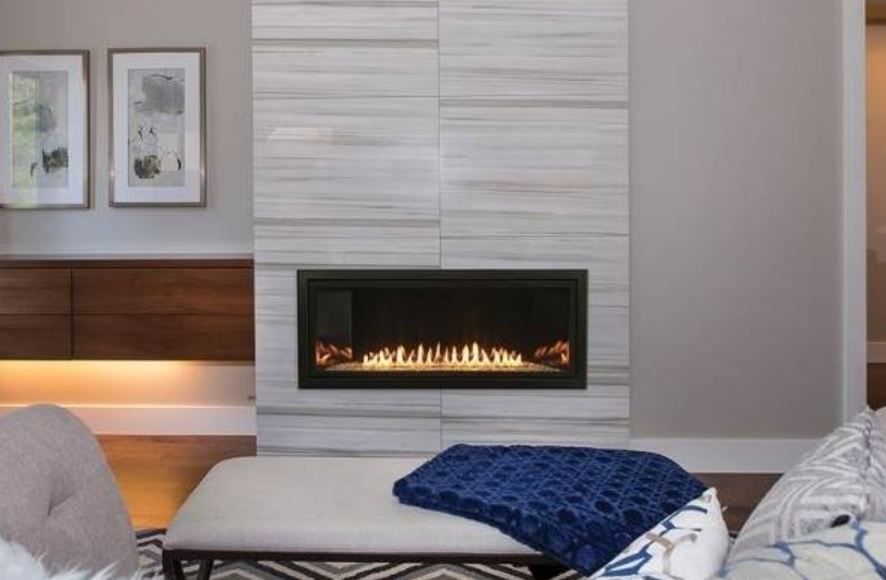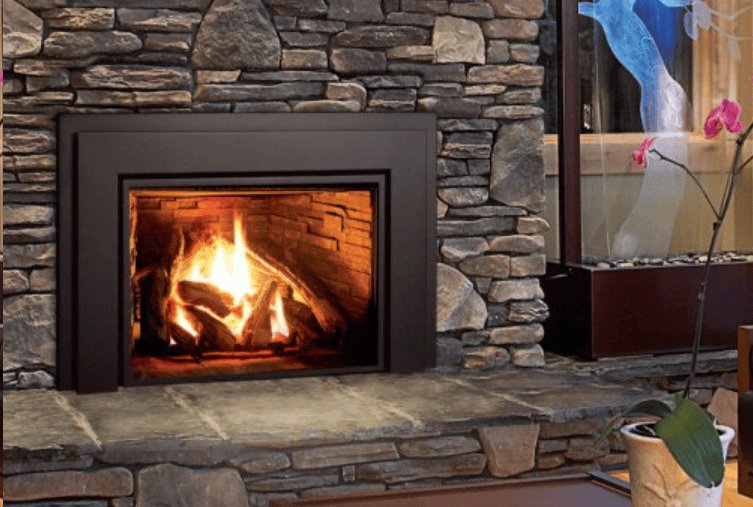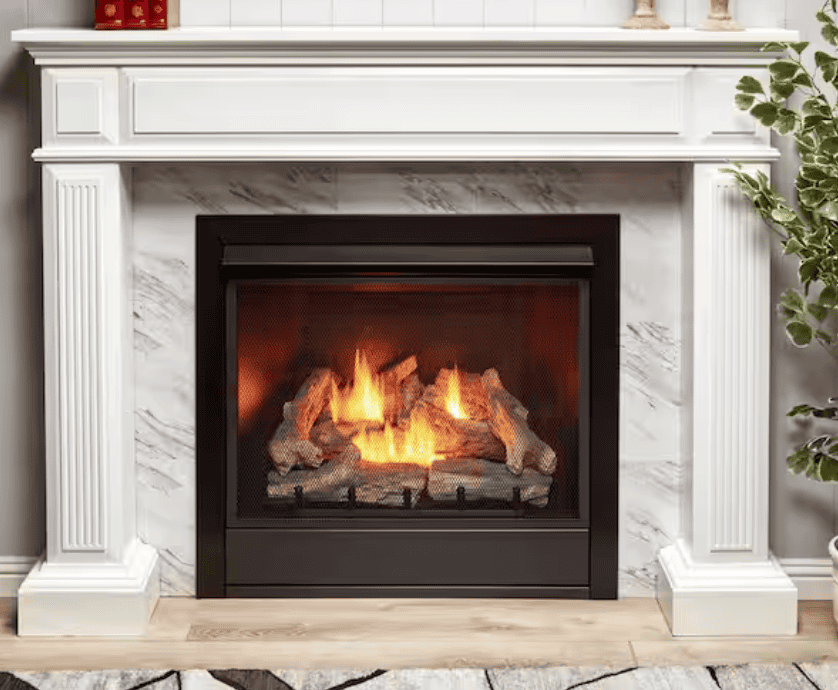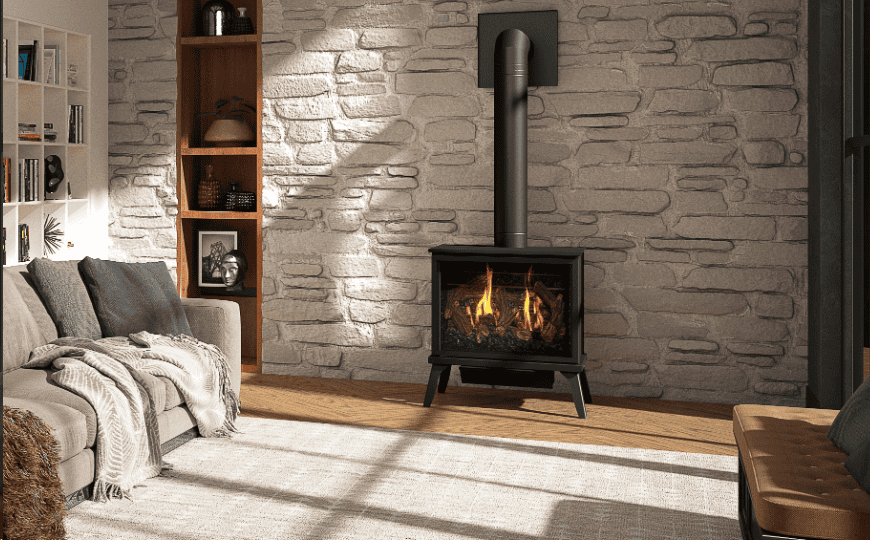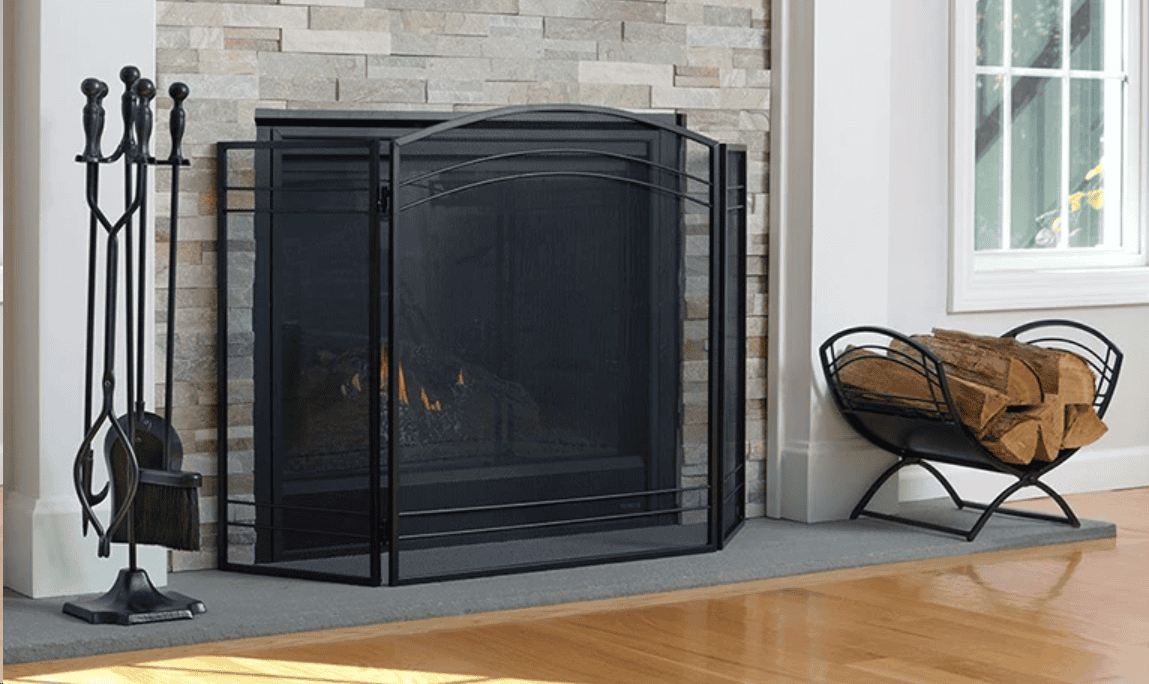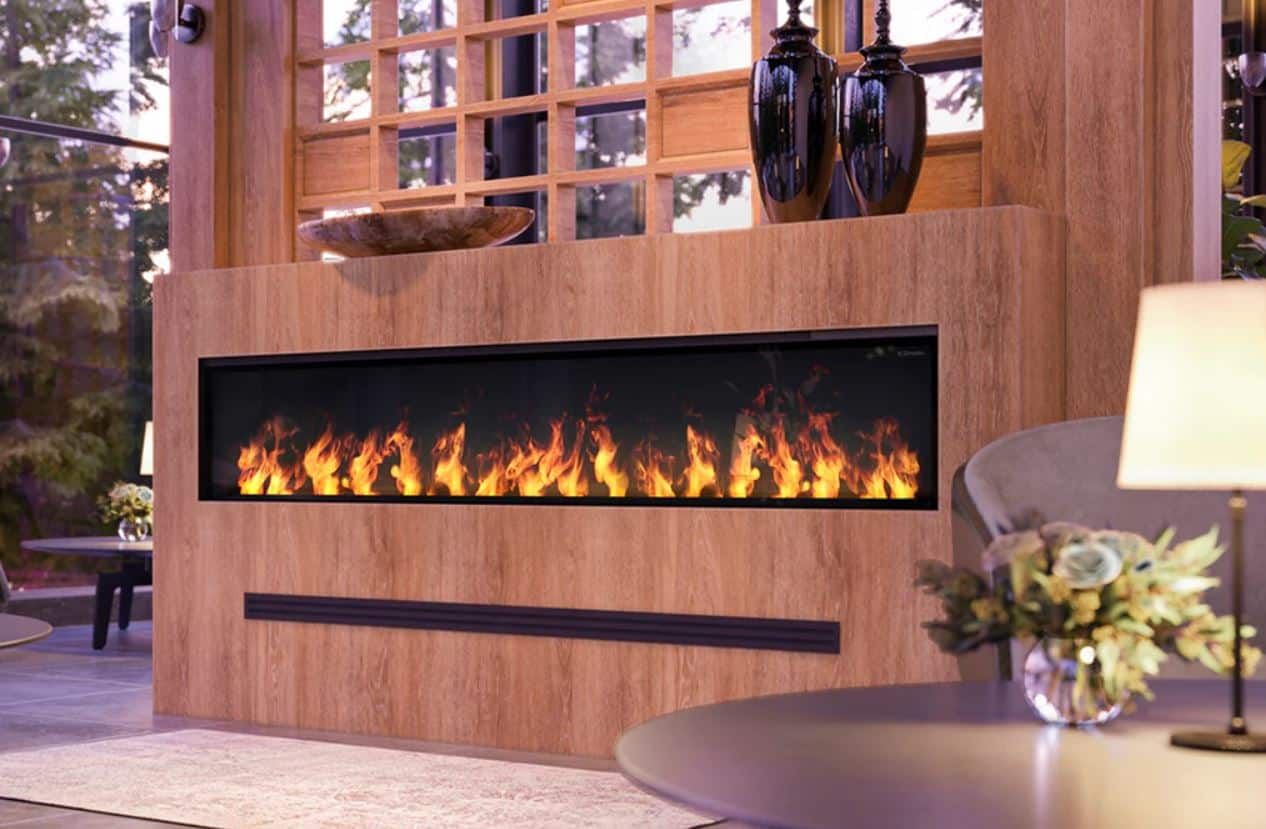Types of Fireplaces
Selecting the right type of fireplace can significantly impact your home's heating efficiency and aesthetic appeal. Whether you prefer the traditional crackle of a wood-burning fire or the ease of an electric model, understanding the various options available is crucial. Factors like installation requirements, maintenance, and fuel type should all be considered to ensure the best choice for your needs.
Electric Fireplaces and Inserts
Electric fireplaces offer an easy and versatile heating solution, providing warmth and ambiance without the need for a chimney or vent. An electric fireplace insert can transform an existing fireplace into a beautiful, functional heater, while wall-mounted electric models offer a sleek, modern look. These fireplaces are often chosen for their ease of installation and low maintenance, making them a popular option for apartments and homes alike.
Wood Fireplaces
A wood fireplace provides the classic experience of a burning fire, complete with the distinct crackle and aroma of real wood. These fireplaces require a chimney and a steady supply of firewood, but they offer efficient heating and a timeless aesthetic. A traditional masonry fireplace can be a stunning focal point, while freestanding fireplace models offer more flexibility in placement, enhancing the décor of multiple rooms.
Gas Fireplaces
Gas fireplaces offer a convenient and efficient alternative to wood-burning models, providing warmth at the flick of a switch. Gas fireplaces require a gas line and proper ventilation, with options including direct vent gas fireplaces and ventless fireplaces. While gas fireplaces require professional installation, they offer clean-burning operation and consistent heat, making them a popular choice for modern homes. These systems can utilize either propane or natural gas, offering flexibility based on your home's setup.
Choosing the Right Stove
Wood Stoves vs. Pellet Stoves
When selecting a stove for heating your home, consider the differences between wood stoves and pellet stoves. A wood stove provides a traditional fireplace experience with real wood and a crackle. Pellet stoves, on the other hand, use compressed wood pellets, offering cleaner burning and more consistent heat. While a wood-burning fireplace adds rustic charm, a pellet stove is more efficient and requires less maintenance. The best type of stove depends on your preferences and lifestyle.
Electric Stoves for Easy Heating
For convenient and easy heating, electric stoves are an excellent choice. These stoves don't require a chimney or vent, making them easy to install almost anywhere. An electric fireplace insert can transform an existing fireplace into a functional heater. Wall-mounted electric models offer a sleek, modern look, fitting seamlessly into any décor. Electric fireplaces provide instant warmth and ambiance without the mess of firewood or gas, making them a clean and efficient option.
Factors to Consider When Selecting a Stove
When selecting a stove, several factors should be considered. The type of stove should match your home's style and your heating needs. Think about whether you want the traditional experience of a wood-burning fireplace or the convenience of a gas fireplace. Consider the size of the space you want to heat and the efficiency of the stove. Also, installation requirements, maintenance, and fuel availability are crucial factors in making the right choice for your home.
Installation and Maintenance
Easy Installation of Electric Fireplaces
Electric fireplaces are known for their easy installation. Many models, especially electric fireplace inserts and wall-mounted electric units, can be installed without professional help. These units typically plug into a standard electrical outlet. This makes them a convenient option for apartments, condos, or homes without existing fireplaces. Simply position your electric fireplace in your desired location and enjoy instant warmth and ambiance, making it safe to install.
Professional Installation for Gas Fireplaces
Gas fireplaces require professional installation to ensure safe and efficient operation. Gas fireplaces require a gas line and proper venting, such as a direct vent gas fireplace. A qualified technician must handle the gas line connection and ensure the venting system meets safety standards. Proper installation is crucial to prevent gas leaks and carbon monoxide poisoning, ensuring your gas fireplace provides warmth safely.
Maintenance Tips for Wood and Pellet Stoves
To maintain the efficiency and longevity of your wood or pellet stove, regular maintenance is essential. For wood stoves, clean the chimney regularly to prevent creosote buildup, which can cause chimney fires. For pellet stoves, empty the ash pan and clean the firebox regularly. Inspect and clean the vent regularly to ensure proper airflow. Proper maintenance ensures your stove provides efficient heat and safe operation year after year, adding a traditional fireplace touch.
Frequently Asked Questions
Differences Between Wood and Pellet Stoves
When considering a stove for your heating needs, understanding the differences between a wood fireplace and a pellet stove is crucial. A wood-burning fireplace offers the traditional experience of a crackling fire with real wood logs. In contrast, a pellet stove uses compressed wood pellets. Pellet stoves burn cleaner and provide more efficient heat, reducing the need for frequent tending. The type of stove you choose depends on your preference for traditional charm versus modern efficiency.
Self-Installation of Electric Fireplace Inserts
Many homeowners find the easy installation of an electric fireplace appealing. Often, electric fireplace insert models are designed for plug-and-play functionality, allowing you to transform your existing fireplace into a functional heater without professional help. Wall-mounted electric models are also relatively straightforward to install, often requiring basic tools and some DIY skills. While gas fireplaces require professional installation due to gas line connections, electric options offer a simpler, safer alternative for adding warmth and ambiance
Safety of Outdoor Gas Fireplaces
Outdoor gas fireplaces are designed with safety in mind, making them a popular choice for patios and decks.** These units are engineered to burn propane or natural gas safely, provided they are installed and used according to the manufacturer's instructions. Direct vent gas fireplaces ensure that combustion gases are safely vented away from your living space, reducing the risk of carbon monoxide exposure. With proper installation and maintenance, a gas fireplace offers a clean-burning and safe outdoor heating solution.
Energy Efficiency of Different Fireplace Types
When it comes to heating your home efficiently, different types of fireplaces offer varying degrees of energy efficiency. Wood-burning fireplaces, while charming, can lose heat through the chimney. Pellet stoves and modern wood stoves are more efficient, providing higher heat output for lower fuel costs. Electric fireplaces are efficient for smaller spaces and supplemental heating, offering adjustable settings for precise temperature control. Considering these factors can help you choose a fireplace that maximizes warmth while minimizing energy consumption.
Improving Existing Fireplaces with Inserts
Fireplace inserts offer a practical way to improve the heating efficiency and aesthetics of your existing fireplace. An electric fireplace insert can instantly modernize your hearth with realistic flame effects without the need for burning fire. Wood or gas fireplace inserts can significantly increase heat output, reducing heat loss and making your fireplace a more effective heating source. These inserts are designed to fit within your existing fireplace opening, making them a cost-effective upgrade that enhances both warmth and ambiance.

